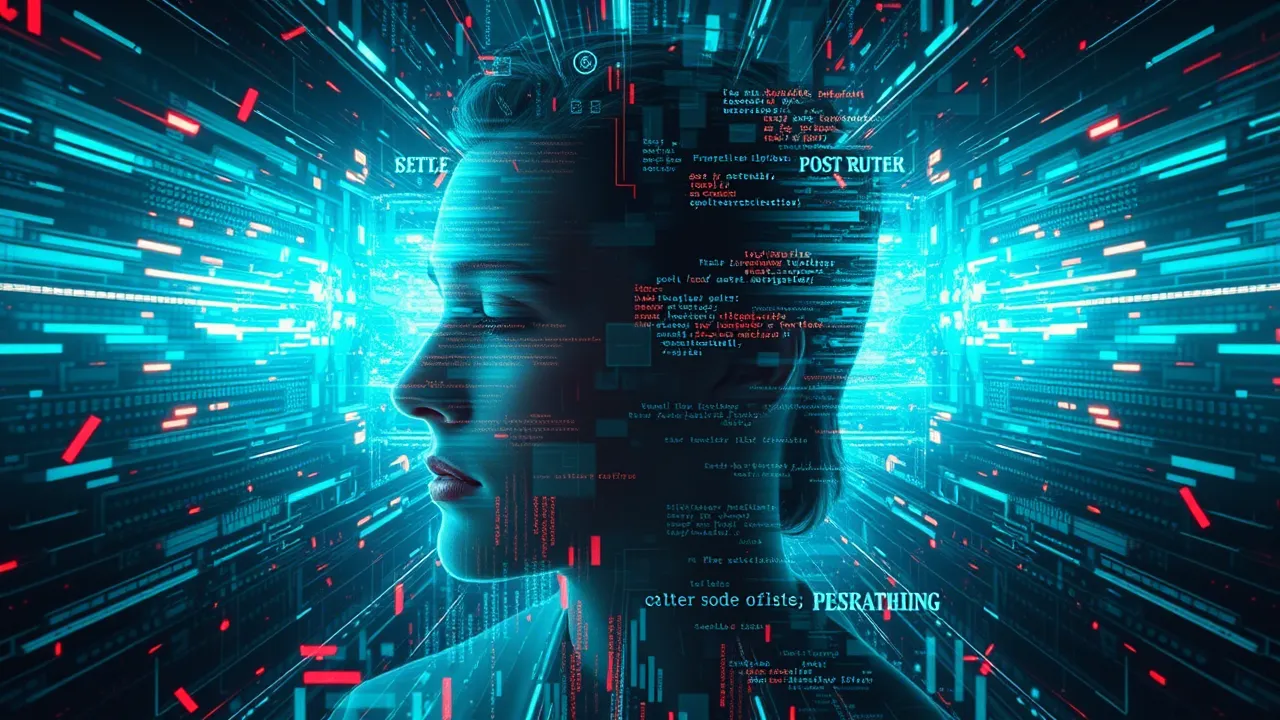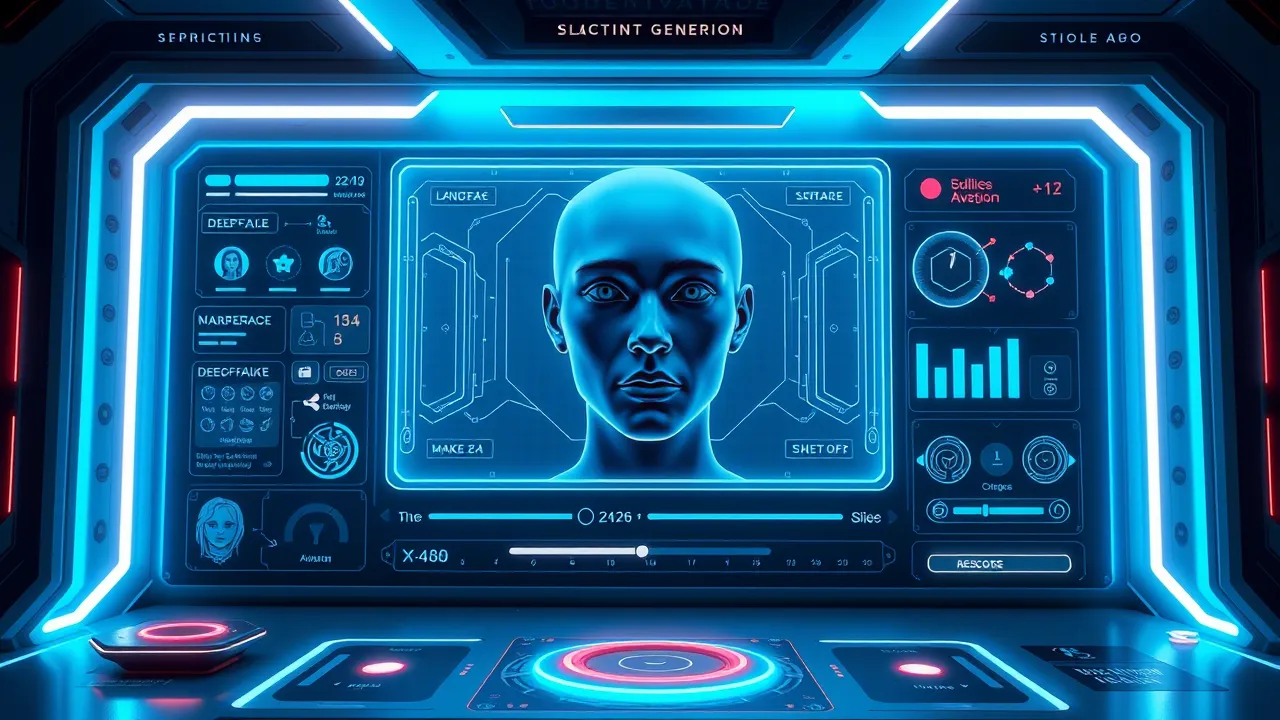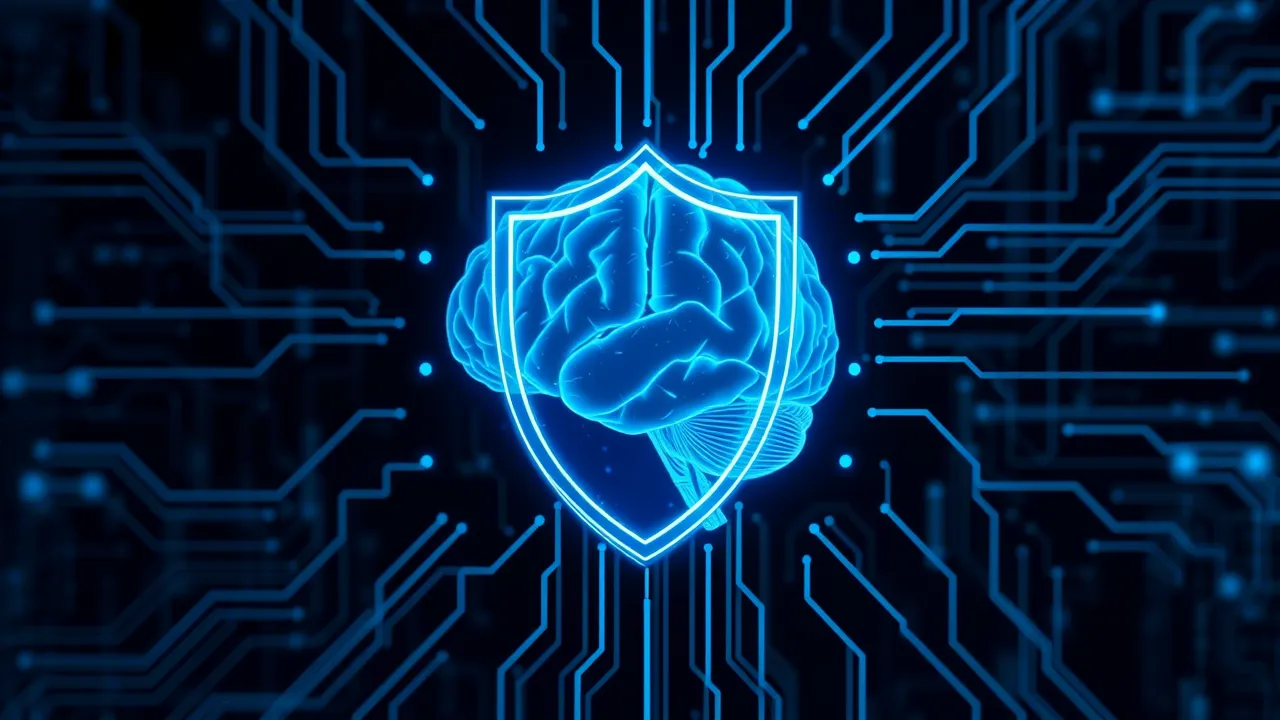When You Cant Even Trust Your Eyes: How AI Distorts Reality
Imagine seeing a video of a well-known politician making shocking statements, or hearing an audio message from a loved one with an unusual request. Everything looks and sounds completely authentic. But what if its a sophisticated fake created by artificial intelligence? Today, deepfake and AI content generation technologies have reached a level where distinguishing truth from an elaborate forgery is becoming incredibly difficult. We are entering an era where the very concept of objective reality is under attack, and trust – our most vital social capital – is threatened. This article is an attempt to investigate how these digital illusions are created and disseminated, their profound psychological impact on us, and how society can try to protect itself from total disinformation.

Part 1: Anatomy of Deception: How AI Technologies Create a New Truth
To understand the scale of the threat, its important to grasp how these technologies work. "Deepfake" (from "deep learning" and "fake") is a media synthesis technique where an existing image or video is superimposed onto another image or video using AI. Modern neural networks, such as Generative Adversarial Networks (GANs), are trained on vast datasets and can create surprisingly realistic fakes.
Just a few years ago, creating a high-quality deepfake required significant technical skills and resources. Today, increasingly accessible tools are emerging. For example, services like ElevenLabs demonstrate how easily anyones voice can be cloned with just a short audio sample. This opens up limitless possibilities for creating fake audio messages or voicing counterfeit videos. Such technological accessibility резко lowers the entry barrier for those who want to use AI for manipulation.

So why do we fall for these tricks so easily? Our perceptual psychology has its vulnerabilities. We tend to trust what we see and hear, especially if the information aligns with our existing beliefs (confirmation bias). Emotionally charged content (evoking fear, anger, strong joy) often disables critical thinking. Manipulators actively use these features, creating content that precisely hits our psychological "triggers."
Part 2: The Mind as a Battlefield: AI Propaganda and Psychological Manipulation
AI propaganda is not just fake news. Its a whole complex of technologies aimed at massive and often personalized influence on peoples consciousness. Social media has become an ideal testing ground for such operations.
- Personalized Persuasion: AI algorithms analyze our digital footprints (likes, comments, search queries), creating detailed psychological profiles. Based on these profiles, propagandistic content can be tailored to most effectively influence a specific person or group.
- Deepfakes as a Weapon in Infowars: Fake videos of politicians, experts, or public figures can be used to discredit them, spread false statements, incite panic, or sow hatred. Even if a deepfake is later debunked, the initial emotional impact and a_product_of_doubt can linger.
- Armies of AI Bots: Automated accounts (bots) on social media create an illusion of mass support or condemnation for certain ideas, shape a false public consensus, and drown out real voices and opinions. They can spread disinformation at tremendous speed.
Such targeted influence can not only affect our immediate decisions (e.g., whom to vote for) but also gradually change our beliefs, values, and even our worldview, increasing societal polarization and hindering constructive dialogue.
Part 3: Shield and Sword: How to Recognize Deception and Protect Trust in the AI Era
Combating deepfakes and AI propaganda requires a comprehensive approach, combining technological, educational, and legal measures.

- Detection Technologies: Scientists and companies worldwide are developing AI algorithms to recognize deepfakes. These systems look for minute artifacts and inconsistencies in video or audio that are imperceptible to the human eye or ear. Image analysis platforms, such as those offered by Google Cloud Vision AI, are constantly improving in recognizing various anomalies, although creating a universal and 100% reliable deepfake detector is still a complex task, as generative technologies are also advancing.
- Developing Media Literacy and Critical Thinking: It is crucial to teach people – from schoolchildren to adults – the basics of media hygiene: verifying information sources, comparing data from different sources, noticing signs of possible manipulation, and not blindly trusting everything they see and hear online.
- Ethical and Legal Frameworks: The need for laws regulating the creation and dissemination of deepfakes, especially malicious ones, is being discussed. The responsibility of technology platforms for the content hosted on them is also important. Furthermore, to enhance overall trust in AI, its vital that developers themselves adhere to ethical principles. Toolkits like IBM AI Fairness 360, aimed at ensuring fairness and transparency in AI models, are a step in this direction, although not directly solving the deepfake problem, they contribute to general AI trustworthiness.
- The Role of Fact-Checking Organizations and Independent Media.
Conclusion: The Battle for Truth: Human Mind vs. AI Illusions – Who Will Win?
The post-truth era, amplified by the capabilities of artificial intelligence, presents us with serious challenges. Deepfakes and AI propaganda are not just technological curiosities but powerful tools of psychological influence capable of destroying trust, destabilizing society, and manipulating the consciousness of millions. A serious and wary attitude towards this problem is the first step towards its solution.
Technologies themselves are neutral; everything depends on whose hands they are in and for what purposes they are used. In this "battle for truth," our main weapon should be not only advanced detection technologies but also our own reason, critical thinking, media literacy, and capacity for empathy. Fostering a culture of information verification, supporting independent media, and developing clear ethical and legal norms for AI are tasks requiring the consolidated efforts of the entire society. Only in this way can we preserve the ability to distinguish truth from fiction and protect our right to an objective reality.
